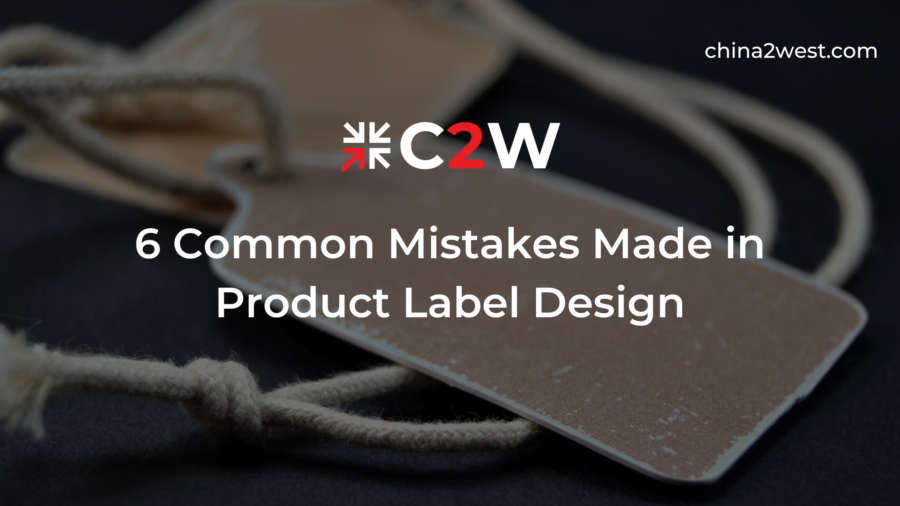Small businesses and manufacturers increased their average sales by 17.5% when they invested in design.
It may not seem as important as other aspects of business, but product label design mistakes can be costly. If you’re in the process of creating your custom labels or if you haven’t updated your design recently, you will find this article beneficial.
Below, we discuss the top six most common mistakes people make when it comes to product label design. Keep reading to learn what to do and what not to do moving forward.
1. Using Cheap Material
It’s essential to be thoughtful when choosing what material you’ll use for your product label design. If you’re considering a cheaper material, you need to consider what message you’ll send to your consumers.
Appearance can and will significantly affect the way people see your brand. For example, what will your customers think if you use cheap material and the label tears or doesn’t hold up? Their perception of your company is going to be tainted.
It may not be in your budget to spend a lot of money on the material, but it can be helpful to invest in quality. You don’t necessarily have to pick the most expensive one, but be sure to test the material before committing to it.
2. Choosing the Wrong Colors
Colors have a significant role when it comes to label-making. You’ll need to choose shades that represent your brand; you should also consider your competitors’ color schemes. This could help you select a design that stands out from the others.
You can use colors and different shades to influence people and their moods. Think about how you want your consumers to feel when they see your design.
For example, green can be associated with growth, money, envy, and tranquility. Red can mean romance, energy, and intensity, while white is often correlated with neutrality and cleanliness. You’ll need to find the colors that help people feel connected with your brand.
Some colors don’t always look good together, so don’t be afraid to test them out. Also, when designing your product label online, remember that the colors may look different (brighter or darker) once they are printed out.
3. Picking Generic Designs
If you’re using a generic design, you are doing your brand a disservice. You probably don’t want your brand to appear dull and ordinary. Having a custom design will ensure your product label stands out against competitors.
Consider what designs will grab the attention of your audience.
If one of your competitors is doing well, look at their design. How does it differ from yours? Again, you can learn a lot from the competition.
It can be hard to find the balance between being true to your brand and giving the consumer what they want to see. During this process, you may want to consider current trends too.
4. Not Considering Function
Your labels should look amazing, but they should also be durable and functional. Again, this can relate to choosing a suitable material.
People will notice if your product labels get damaged during shipping, rip, tear, and don’t hold up properly. Poor packaging and labeling can hurt your brand’s reputation.
It can deter people because they may associate inadequate labeling with poor-quality products. Recovering from that and gaining back your consumer’s trust will be challenging.
One way to avoid receiving a larger box of imperfect labels is to communicate regularly with your label printer. If your product is stored in the freezer, there may be a different adhesive or material the label maker can recommend.
The same goes if your design label is going to be in the heat or exposed to the sun. Talk to your printer and explain what your product is and where your label will be. They will be able to advise you on the best materials to use to keep it in excellent working condition for your client.
5. Not Going Green
Many business owners procrastinate switching over to sustainable and eco-friendly processes. However, it may not be as difficult as you think, and you may save some money.
You’ll undoubtedly make more because people are starting to prefer sustainable brands, packaging, and environmentally friendly products. In addition, labeling free of toxins and recyclables will catch the attention of your ideal client.
Going green when it comes to label-making could reduce the cost of shipping. It could also decrease the amount you have to spend per label.
6. Rushing the Process
Creating a label takes time. Starting a business and getting your product to your consumers is exciting, but don’t rush. Expediting the process can lead to mistakes and cause your label design to be either flawed or ineffective.
You may not like the first round of design, and that’s okay. Take your time label making and be patient with yourself. The more research you do on product label design and your consumers, the better your business will be.
Avoiding Product Label Design Mistakes
Owning and operating a business isn’t always an easy task. You must consider many things and make daily decisions that could affect your business’s profitability. Product label design is a process that you must not avoid as a business owner.
People make many common mistakes when they are designing their labels, but now that you know what they are, you can steer clear of them. If you have questions or are ready to start planning your labels, contact us here.


